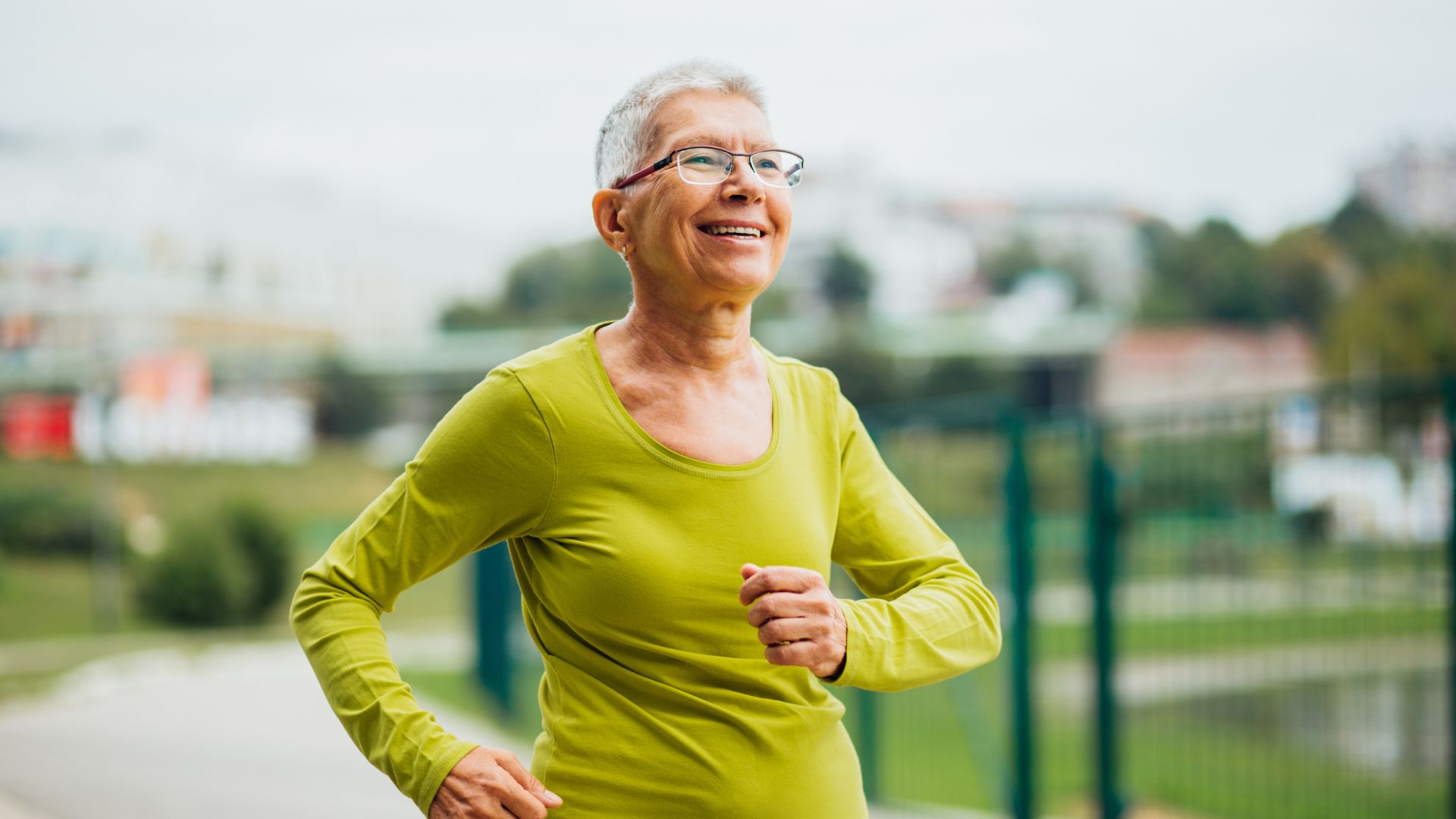Staying active is one of the best things you can do for your health and wellbeing as you grow older. Whether you’re retired, in your sixties, or simply looking to feel more energised in your daily life, it’s never too late to start.
In this friendly guide, we’ll show you how to begin a beginner fitness routine for seniors that’s safe, simple, and ideal for older adults living in the UK.
Why Moving More Matters at Any Age
- Improving balance, which reduces the risk of falls.
- Maintaining a healthy heart and lungs.
- Easing stiff joints and supporting flexibility.
- Boosting mood, memory, and overall mental wellbeing.
Even short bursts of movement—like stretching in your chair or a walk around the block—can make a difference.
Step 1: Speak with Your GP
Before you get started, it’s wise to check in with your doctor or practice nurse. If you’re managing long-term health conditions or joint pain, they can offer tailored advice to ensure your new routine is safe and suitable.
Step 2: Start Small, Think Big
- What do I want to work on? (Balance? Strength? Feeling more mobile?)
- What kind of movement do I enjoy?
- How much time can I comfortably set aside?
Start with manageable goals. For many older people, 10–15 minutes of activity a few days a week is a great first step.
Step 3: Find What Feels Good
- Walking – Outdoors, at a shopping centre, or even around the house.
- Chair exercises – Great for those who prefer seated movement.
- Tai Chi – Popular among the elderly for improving coordination.
- Stretching routines or light yoga – Helps with flexibility and calm.
- Dancing at home – A fun way to lift your spirits and get moving.
- Simple strength training – Using tins, water bottles, or resistance bands.
Step 4: Create a Gentle Weekly Plan
Here’s a sample routine for mature adults just starting out:
- Monday: Light walk or indoor stroll
- Tuesday: Seated stretches or YouTube chair yoga
- Wednesday: Rest
- Thursday: Use resistance bands or water bottles for light strength training
- Friday: Move to music or follow a gentle fitness video
- Saturday: Balance work or Tai Chi practice
- Sunday: Rest or repeat your favourite stretch routine
Ticking off your progress in a calendar or notebook can give a real sense of achievement.
Step 5: Warm Up and Cool Down
Warming up gets your muscles ready and reduces the risk of injury. Try 3–5 minutes of gentle movements—shoulder rolls, marching on the spot, or arm swings.
Afterwards, cool down with slow breathing and stretches to help your body relax and recover.
Step 6: Listen to Your Body
If you’re in your later years, it’s especially important to pay attention to how you feel during and after activity.
You should feel gently challenged—not out of breath or in pain. A bit of muscle soreness is normal at first, but stop if you feel dizzy, faint, or experience sharp discomfort.
Rest is just as important as movement—be kind to yourself.
Step 7: Stay Motivated
- Make it social—walk with a friend or join a local over 60s class.
- Keep a log of what you’ve done each week.
- Try something new if you feel bored or unmotivated.
- Use online resources made for older adults (see below).
Progress might be slow at times, but every step adds up.
A Friendly Final Word
Whether you’re in your 60s, 70s, or beyond, beginning a fitness routine can feel empowering. It’s not about pushing hard—it’s about moving with intention and care.
You’re not behind. You’re right on time. And every little movement you make is a gift to your future self.
Want more fitness inspiration tailored for older adults? Visit our Fitness Articles for Seniors archive for easy-to-follow tips and routines.
Additional Resources
If you’re looking for extra guidance, classes, or free videos, here are some helpful UK-based resources for older adults:
- NHS Physical Activity Guidelines for Older Adults – National guidance for staying active safely as you age.
- Age UK – Fitness and Exercise Advice – Tips and tools for getting active in later life.
- Walking for Health – Ramblers – Local beginner-friendly walks across the country.
- Move it or Lose it – Fitness routines specially designed for older bodies.
- Generation Games – Online videos and activity ideas for the over 50s.
- British Heart Foundation – Staying Active – Practical advice to protect your heart as you move more.
- Saga – Over 50s Fitness Articles – Trusted advice and inspiration for staying active later in life.
Whatever your age or starting point, taking that first step is something to be proud of. Keep it up—and enjoy how good it feels to move.

